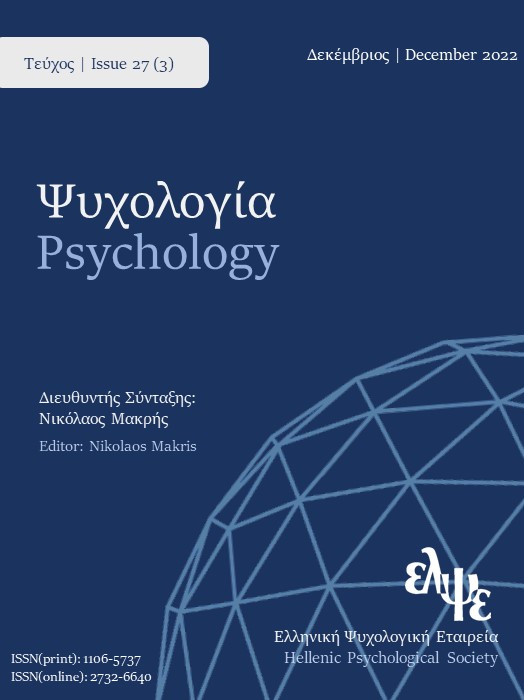Algorithm for screening students for dyslexia through reading. Data collected with the use of eye-tracking technology in the Greek language

Abstract
In this study, the reading process was evaluated with the use of eye-tracking
technology. Emphasis was placed on the specific learning disability of reading and
writing (developmental dyslexia), which leads to difficulties in reading accuracy and
fluency, among other things. While developmental dyslexia is not an oculomotor
problem, the difficulties in decoding and fluency are depicted in fixations and saccadic
movements during reading. Using data recorded using eye-tracking and the analysis
of the reading path through eye movements, a reading evaluation tool was developed,
distinguishing students with and without reading difficulties. In this study, 137 native
Greek students participated, aged 8.1 to 15.6 years, of whom 62 were girls and 75
were boys. All participants read two texts of increasing difficulty in the Greek
language and were evaluated while reading silently. The results of the study revealed
that the success rate in student distinction was 90%. In particular, 63 of the 68 typical
readers (93% specificity) and 60 of the 69 readers with developmental dyslexia (87%
sensitivity) were evaluated and correctly classified by the model, under circular
validation. Taking into account how important is early intervention for solving
problems in language skills like reading, the tool of this study records eye movements
during reading (i.e. it records the reading path which is unique for each reader),
quantifies the data and identifies the readers with poor reading skills, in realation to
their age. The use of this tool is to detect students with reading difficulties and help
specialists create customized treatment plans (complementary with other tools) and
track the progress of such treatment plans.
Article Details
- How to Cite
-
Andreadakis, V., Boufachrentin, N., Servou, E., Bachourou, T., Kozeis, N., Smyrnakis, I., & Aslanides, I. M. (2022). Algorithm for screening students for dyslexia through reading. Data collected with the use of eye-tracking technology in the Greek language. Psychology: The Journal of the Hellenic Psychological Society, 27(3), 63–78. https://doi.org/10.12681/psy_hps.26737
- Section
- RESEARCH PAPERS

This work is licensed under a Creative Commons Attribution-ShareAlike 4.0 International License.
The journal PSYCHOLOGY adopts a Platinum open-access policy. Submission, processing or publication costs are waived by the Hellenic Psychological Society. Papers published in the journal PSYCHOLOGY are licensed under a 'Creative Commons Attribution-ShareAlike 4.0 International' licence. The authors reserve the copyright of their work and grant the journal the right of its first publication. Third-party licensees are allowed to use the published paper immediately after publication as they wish, provided they retain the defined by the license copyright formalities, regarding the reference to its author(s) and its initial publication in the journal PSYCHOLOGY. Moreover, any adjusted work should be shared under the same reuse rights, so with the same CC license.


